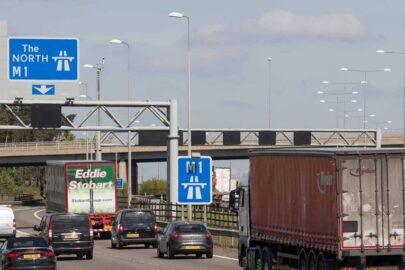Homeowners in the North of England are ‘the best-off in Britain’, with more disposable income, on average, than families elsewhere in the country, according to Kensington Mortgages.
Data from today’s new Kensington Affordability Tracker indicates that, based on mortgage application data, the stereotypical views on the richest and poorest parts of Britain are wholly inaccurate.
The model shows that first-time buyers in the South East are the most financially-stretched group of borrowers in the country – even though they have higher than average salaries.
The Kensington Affordability Tracker uses the models used by mortgage lenders to calculate the borrowing power of a family, after taking account of bills, transport costs and other household living expenses. It tracks the difference between the amount a homeowner could have borrowed, compared to the amount that was loaned.
Based on loans made by banks, building societies and other mortgage lenders during the first quarter of 2019, the average homeowner in the North could have borrowed 55% more.
In the South East, the average mortgage borrower would have been able to get just 11% more in a home loan. First-time buyers in the South East were right at the borrowing limit (after applying standard stress modelling to ensure customer affordability), with no room to borrow more.
In London, the average mortgage borrower could have taken a loan that was 25% larger. The average Scottish mortgage borrower could have borrowed 50% more.
Mark Arnold, chief executive officer at Kensington Mortgages, said: “Common perceptions about the richest and poorest parts of Britain are contradicted by this data. Salaries may be higher in London and the South East, but so are living costs.
“Obviously, there are a great many people mortgage-free, in houses that are now worth millions. But when you look at the borrowers needing to pay off a mortgage, those with the least room to manoeuvre, financially, are people in the home counties commuter belt.”
